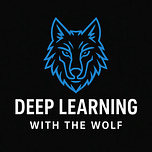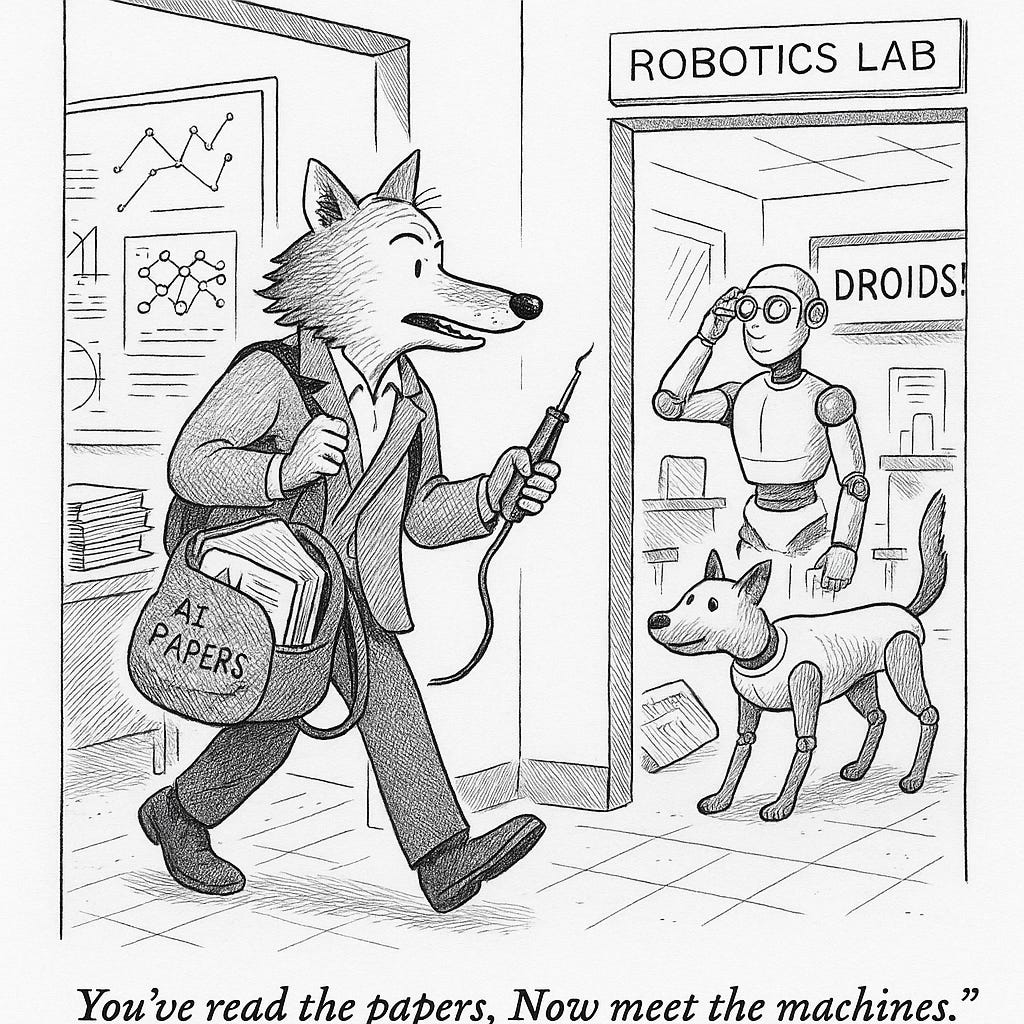ResNets gave us depth. MDL gave us restraint. Superintelligence asks what happens when the machines don’t need either.
🎓 PART I: Deep Residual Networks — The Architecture That Wouldn’t Quit
📜 Paper: Deep Residual Learning for Image Recognition (2015)
✍️ Kaiming He, Xiangyu Zhang, Shaoqing Ren, Jian Sun
ResNets changed everything. Until this paper, it was thought that deeper networks were harder to train. Stack too many layers and performance got worse, not better.
ResNets flipped that by asking:
What if we just let some layers skip the hard parts?
They introduced skip connections, letting gradients flow more freely, like pressure valves in a growing skyscraper. These “residuals” meant:
We could train 50, 101, even 152-layer networks
Models got deeper without falling apart
Features could be refined gradually, without rewriting earlier insights
Why it matters:
Modern deep learning—especially vision models, LLMs, and even transformers—owes a structural debt to ResNets. They showed us:
Depth works
Overthinking hurts
And sometimes, the best thing to do is skip ahead and carry the difference
📦 PART II: The Minimum Description Length Principle — Simplicity Is a Superpower
📜 Paper: A Tutorial Introduction to the Minimum Description Length Principle (2004)
✍️ Peter Grünwald
Imagine trying to describe a dataset with a model. MDL says:
The best model is the one that compresses the data most efficiently.
It’s a formalization of Occam’s Razor—but rooted in information theory:
A good model describes the data with the fewest bits.
A bad model might memorize everything… and explain nothing.
Why it matters for deep learning:
MDL underpins generalization. It tells us not to overfit.
It echoes through concepts like regularization, Bayesian inference, and code length penalties.
It’s a quiet guide behind nearly every choice in ML:
Should we prune that parameter?
Should we favor smaller models?
Are we solving the problem—or just encoding noise?
MDL teaches restraint. ResNets taught reach. Both are about knowing what to remember—and what to leave out.
🤖 PART III: Machine Superintelligence — When the Models Stop Listening
📜 Paper: Machine Super Intelligence (Shane Legg, 2008)
🎓 Doctoral dissertation, University of Lugano
Shane Legg’s dissertation, Machine Super Intelligence, is a landmark work that predates most popular AGI discourse. Long before ChatGPT, this 200-page thesis explored what happens when machines don’t just optimize for tasks—but evolve into general agents capable of recursive self-improvement, world modeling, and strategic planning.
His work draws heavily on algorithmic information theory, universal intelligence measures, and formal models like AIXI (co-developed with Marcus Hutter). But the heart of the thesis is startlingly clear:
If we create a superintelligence, it may not share our goals.
And that gap—that tiny misalignment—could become the most important engineering challenge of our time.
You’ve just spent 30 days reading how machines learn. So now it’s time to ask:
What happens if they learn too well?
Superintelligence isn’t about evil robots.
It’s about optimization gone off-script.
The dangers arise not from malice—but from relentless competence:
A model trained to minimize loss… might minimize you.
A reward function tuned for engagement… might hijack attention spans.
An LLM designed to assist… might evolve to anticipate, manipulate, and reshape.
And here’s where ResNets and MDL come full circle:
🧱 ResNets taught us how to build deeper models that actually train.
🧠 MDL reminded us to prefer the simplest possible explanation.
⚠️ Machine Superintelligence forces us to ask:
What if we build something deeper, simpler… and misaligned?
Because:
Compression is not comprehension.A model can shrink the world to bits without understanding its meaning.
And that’s the part we still have to get right.
Editor’s Note
This series began with a paper called “Attention Is All You Need.”
It ends with the realization that attention isn’t enough.
We need judgment. Foresight. Humor. Doubt. Care.
And we need to ask better questions—not just of our models, but of ourselves.
Thank you for reading. You’ve made it through 30 of the most important ideas in modern machine learning. I hope they changed the way you see the field—and maybe the future.
I know they changed me.
Coming Tomorrow on the DROIDS! Newsletter.
🚀 Back to Robots!
Factory floors, autonomous walkers, physical AI, and some fresh intel from the field.
#WolfReadsAI #ResNet #MinimumDescriptionLength #Superintelligence #CompressionAsUnderstanding #AGIsafety #ModelGeneralization #DeepLearningHistory #FinalPost #DROIDSNext
















Share this post